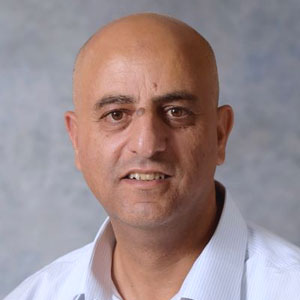About the project:
Calcific aortic valve disease (CAVD) is a formation of tissue similar to bone on the leaflets of the aortic valve (AV), which rapidly leads to aortic stenosis (AS). However, patients usually do not have symptoms until the disease has progressed to an advanced stage. Transcatheter Aortic Valve Replacement (TAVR) is a new technology that provides an alternative to open-heart surgical valve replacement. In this type of minimally invasive intervention, a stent with a mounted bioprosthetic valve is delivered through the arterial tree and deployed through the stenotic native valve. Still, there are some doubts regarding the optimal time for intervention in CAVD patients, and concerns regarding TAVR implantation related to complications such as incomplete anchoring, paravalvular leakage, and annular rupture.
Our aim is to expand our methods of retrospectively calcification growth evaluation techniques to develop an artificial neural network (ANN) algorithm that will allow us to predict the optimal time for TAVR intervention in CAVD patients and the optimal TAVR device needed to be implanted.
CT scans of pre-TAVR TAV patients were collected from our existing database of CAVD scans. Our Reverse Calcification Technique (RCT) was employed for selected patients in a similar manner to our previously suggested RCT method, to generate various stages of the CAVD disease. This technique is based on using CT scans of calcified AVs to study the calcification progression that leads to the current state. In addition, from each CT scan we extracted additional input parameters: volume & pattern of the calcification deposits for each leaflet and the orifice area of the calcified AV.
The output of the algorithm will result in scoring of the CAVD severity, which will be evaluated according to calculation of the input parameters. The RCT results for each scan will be compared with old CT scans of selected patients in order to relate the CAVD stage with time. This type of information and data will allow us to predict the development of calcification in time, and eventually, the optimal time for TAVR intervention.
